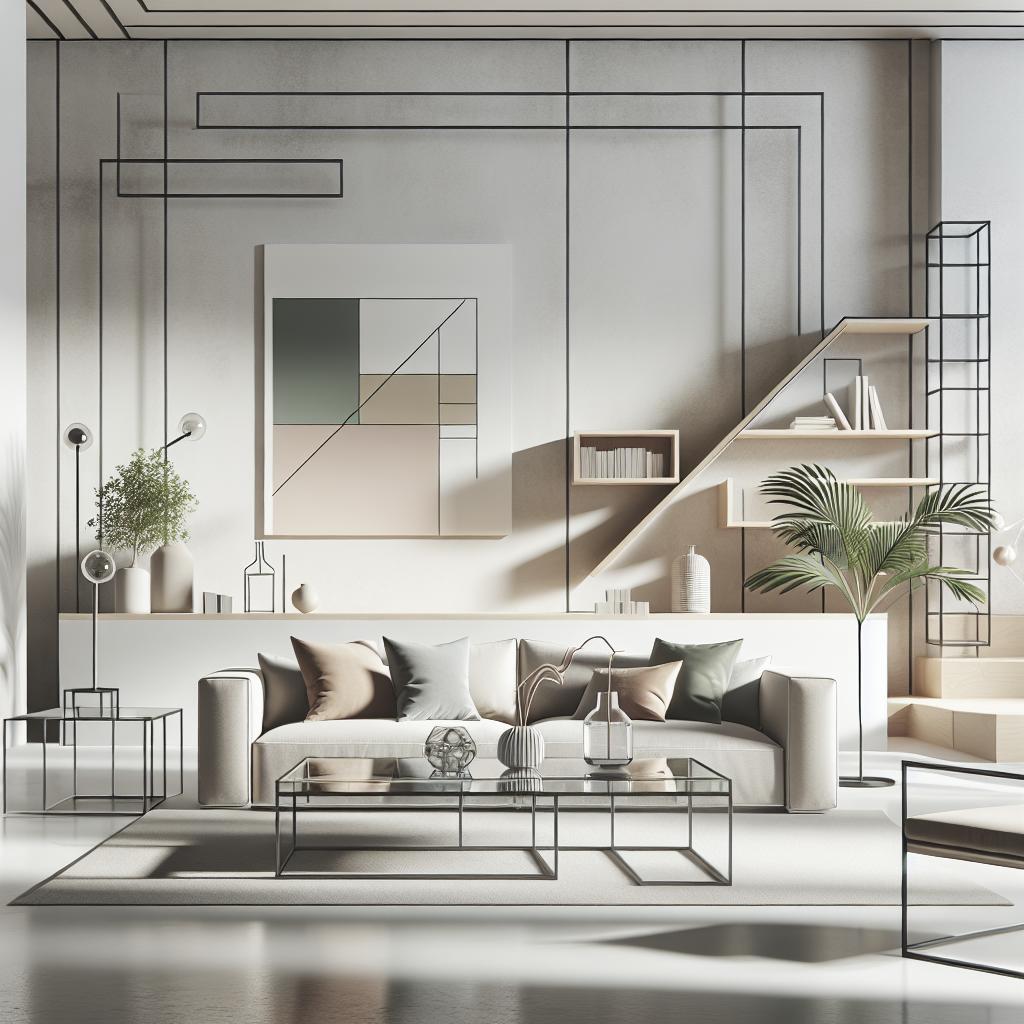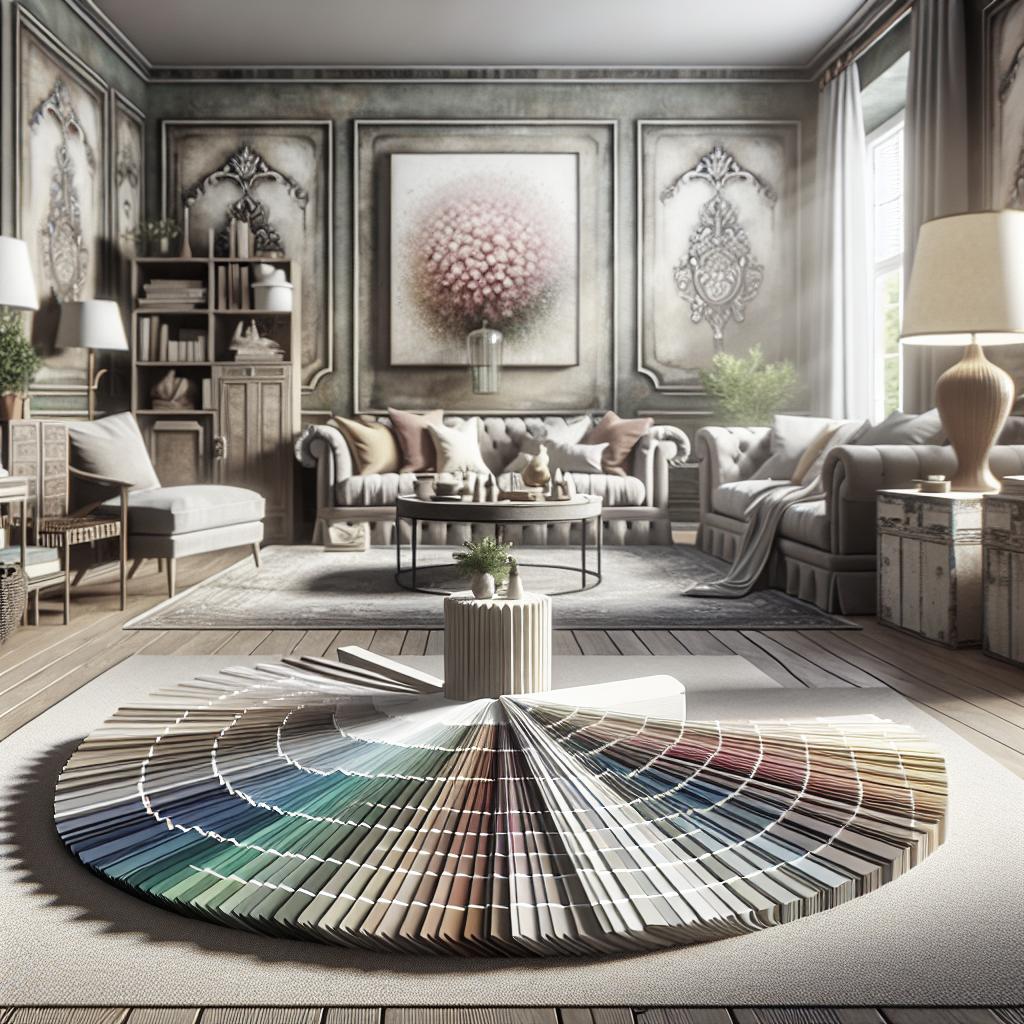Mid-century modern architecture, a revolutionary design movement that emerged in the middle of the 20th century, has captured the hearts of enthusiasts worldwide. Defined by its pragmatic philosophy, emphasis on functional form, and seamless integration with nature, mid-century modern architecture remains a beloved style. This blog post delves into the rich history of this architectural movement, dissects the core characteristics of mid-century modern house plans, and guides you to key locations where these iconic homes can be found today. By examining distinctive features such as clean lines, geometric shapes, and the use of natural materials, we aim to uncover what sets mid-century modern architecture apart from other styles. As we explore this timeless aesthetic, you’ll gain insight into why it continues to influence contemporary design and how you can find these stunning structures yourself. Let’s embark on an architectural journey through time, tracing the influences and lasting legacy of mid-century modern architecture. ## History Mid-century modern architecture took root in the aftermath of World War II, during a period of technological innovation and social change. Architects, propelled by the desire to redefine living spaces for the modern world, embraced a philosophy that harmonized simplicity and functionalism. This movement flourished from the early 1940s to the late 1960s and drew inspiration from the International Style, as well as the aesthetics of Scandinavian design, which emphasized clean lines and an uncluttered approach. The pioneers of mid-century modern architecture—such as Richard Neutra, Ludwig Mies van der Rohe, and Charles and Ray Eames—sought to create homes that were more than just structures; they were living, breathing ecosystems. These architects believed buildings should coexist with their natural surroundings, an ethos that resonates profoundly with today’s emphasis on sustainable design. Their innovative use of post-and-beam construction allowed for more open floor plans, eliminating the need for bulky support walls and ultimately paving the way for a more fluid connection between indoor and outdoor spaces. The historical context, characterized by a spirit of optimism and a focus on futuristic living, cultivated an environment ripe for architectural creativity. This movement’s lasting impact can be seen in how it reshaped post-war residential developments, creating a legacy that continues to inform modern architecture and design principles. ## Characteristics of Midcentury Modern House Plans ### Clean Lines and Geometric Shapes At the core of mid-century modern house plans is the emphasis on clean, unadorned lines and striking geometric shapes. This style eschews ornate decorations, opting instead for simplicity and sophistication. The use of strong horizontal and vertical lines creates a sense of balance and elegance, which can be seen in the sleek profiles of the homes. Geometric shapes serve not only an aesthetic purpose but also a functional one. Rectangular forms are often the foundation, creating fresh layouts that promote efficient use of space. Rooflines, frequently flat or gently sloping, augment these geometric themes, offering a streamlined silhouette that distinguishes mid-century modern homes from their predecessors. The aesthetic appeal of these geometric and linear designs provides an intriguing backdrop for modern living, delivering a visual clarity that continues to captivate architects and homeowners alike. The ingenuity of the form lies in its ability to blend form with function, creating a living space attuned to contemporary needs. ### Floor-to-Ceiling Windows One of the standout features of mid-century modern architecture is the extensive use of floor-to-ceiling windows, an innovation that redefines the boundary between interior and exterior spaces. These expansive windows harness natural light, creating spaces that are both bright and connected with nature. This architectural choice not only enhances the visual appeal of a home but also offers functional benefits. Large windows provide natural ventilation and establish a seamless transition to the outdoors, fostering a sense of openness. The abundant light maximizes solar gain, reducing the need for artificial lighting and contributing to a more sustainable, energy-efficient home. The intentional framing of the outdoors turns the surrounding landscape into a living artwork, ensuring that nature is an ever-present aspect of the home environment. This design principle remains a testament to the movement’s core philosophy of integrating architecture with nature. ### Changes in Elevation Mid-century modern homes often incorporate various changes in elevation throughout the interior—via split-level floors or sunken living spaces—adding dimension and visual interest. This architectural innovation breeds versatility, as spaces are uniquely defined without walls or partitions. The variation in levels can create separate zones within an open plan, leading to dynamic living environments that cater to different functionalities. For example, a sunken living room might serve as a cozy, intimate area while maintaining visual connectivity to the rest of the home. Incorporating elevation changes also extends to the exterior, harmonizing the house with the natural topography of the site. This tactic reinforces the movement’s dedication to working within the landscape rather than imposing upon it, maintaining a fluid relationship between the structure and its environment. ### Minimal Decoration Minimalist decor is a hallmark of mid-century modern design, rooted in the belief that less is more. Ornamentation is kept to a minimum, allowing the architectural form and function to take center stage. This style emphasizes uncluttered spaces that focus on essential furnishings crafted from natural materials like wood, metal, and glass. Furniture typically displays the same clean lines that characterize the architecture, with pieces often being multifunctional and thoughtfully designed. Colors in mid-century modern homes tend to be warm and natural, with neutral tones anchored by brighter accents to add character without overwhelming the simplicity. The emphasis on minimal decoration fosters a sense of tranquility and orderliness, creating a serene backdrop that is perfect for modern living. It also aligns with a growing appreciation for sustainable living, where quality is favored over quantity. ### Access to the Outdoors Mid-century modern architecture prioritizes a harmonious relationship with nature, emphasizing easy access to outdoor spaces. Floor plans are designed to facilitate this connection through features like sliding glass doors and patios that extend the living area beyond the indoor environment. Landscaping is approached as an extension of the home, seamlessly blending natural and architectural elements. Outdoor spaces are intentionally designed as integral to the home’s environment, promoting an indoor-outdoor lifestyle that enhances the overall aesthetic and usability of the property. This focus on bringing the outdoors in not only enriches the living experience but also supports the philosophy of living in harmony with the environment. By blurring the defined lines between inside and outside, mid-century modern homes offer a living experience that is both relaxing and invigorating. ## Where to Find Midcentury Modern Homes Mid-century modern homes can be found scattered across the globe, but several regions have become renowned for their iconic examples of this architectural style. In the United States, the West Coast, particularly California, is a treasure trove of mid-century modern architecture, epitomized by the Case Study Houses in Los Angeles. Palm Springs, with its desert backdrop, is another hotspot where enthusiasts flock to admire homes by architects like Richard Neutra and Albert Frey. The Midwest, too, boasts a significant number of mid-century modern homes, thanks to architects such as Frank Lloyd Wright, who was instrumental in popularizing the style in cities like Chicago. These homes are often nestled in wooded areas, where their designs can fully exploit the beauty of their natural surroundings. Globally, mid-century modern homes can be found in countries like Australia and Scandinavia, where the style’s ethos resonates with the regional design sensibilities. The movement’s principles of form, function, and connection with nature have international appeal, appearing in diverse climates and cultures. ### Tip For those eager to explore mid-century modern homes, there are several strategies to consider. Architectural tours can offer an in-depth look, providing context to the design principles and philosophies that underpin these homes. Museums and exhibitions often host curated events showcasing mid-century architecture, providing further insight into its historical impact. If you’re in the market for a mid-century modern home, scouting neighborhoods with a rich architectural history or consulting with real estate agents specializing in historical properties can offer good leads. With the right resources, you can experience firsthand the timeless appeal of this influential architectural movement. Through identifying key characteristics and understanding the history and geographic concentration of mid-century modern homes, enthusiasts can begin to appreciate why this style continues to captivate and inspire. Whether through exploration or acquisition, the opportunity to engage with mid-century modern architecture offers a rewarding connection to a transformative period in design history. “`html
| Section | Highlights |
|---|---|
| History | Post-WWII origins; influence of International Style; key architects like Neutra, Eames. |
| Characteristics | Clean lines, geometric shapes; large windows; changes in elevation; minimal decor; outdoor access. |
| Locations | Concentration in California, Midwest USA; internationally in Australia, Scandinavia. |
| Tips | Take architectural tours; consult real estate experts on historical properties. |
“` This exploration of mid-century modern architecture not only highlights its enduring influence but also encourages further engagement with its rich legacy—an invitation to appreciate, understand, and perhaps one day claim your piece of architectural history.


